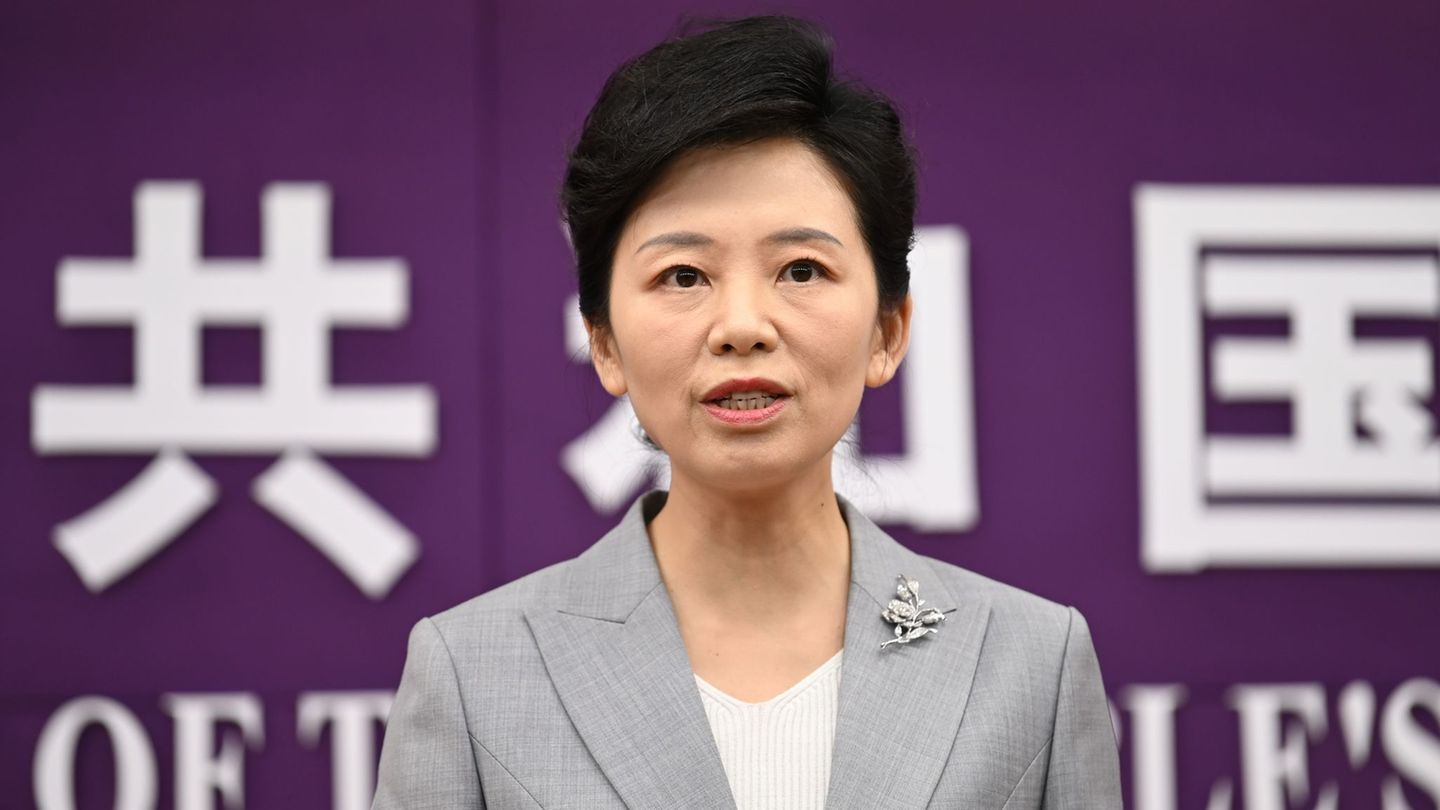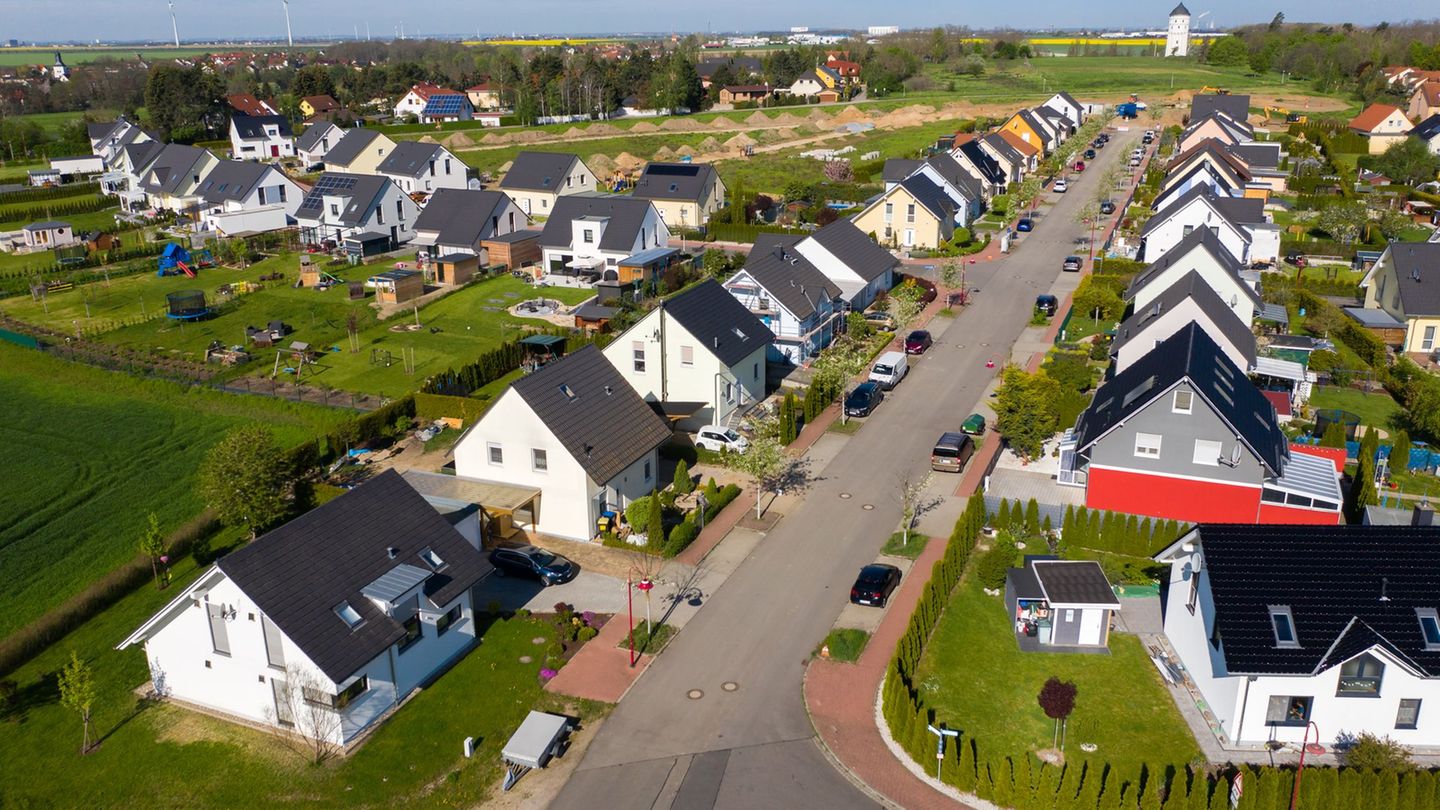282,685 people were registered as unemployed with the AMS, 6,177 fewer than in the previous month. The number of training participants also fell by around 10,000 to 61,254. The Ministry of Labor announced on Monday that there are now only 10,900 more unemployed than before the crisis.
Compared to the previous year, unemployment fell by 101,266 and in July was at the level of 2018. The unemployment rate was 6.7 percent, just above the July 2019 mark of 6.5 percent.
In Carinthia and Lower Austria, the unemployment figures were even lower in July 2021 than in the same month of 2019, i.e. before the corona crisis. In Burgenland, Upper Austria and Salzburg, the number of unemployed in July was only slightly higher than the July figures of 2019.
At the same time, the number of vacancies registered with the Public Employment Service (AMS) was at a record level of around 113,000, including apprenticeships it was even 120,000. However, long-term unemployment is still significantly higher than before the pandemic. Since the peak at the end of April, the number of long-term unemployed has fallen by around 18,000 to 130,000.
The labor market is showing an “almost breathtaking dynamic,” said Labor Minister Martin Kocher (ÖVP) at a press conference in Vienna on Monday. “We are approaching the 2019 unemployment level.” The lower unemployment is thanks to tourism and the openings after the month-long lockdown. In tourism, unemployment has almost halved. But unemployment is also falling in the other sectors. Long-term unemployment, i.e. if someone has not had a job for more than a year, cannot be reduced “overnight,” said Kocher, but fortunately there is also a decline here.
This video is disabled
Please activate the categories Performance cookies and Functional cookies in your cookie settings to display this element. My cookie settings
Unemployment among women has also fallen sharply. Although men came out of unemployment earlier because certain industries had gained momentum earlier, the service industries with traditionally more female employment have now also picked up. Nevertheless, the support target for women in the AMS remains high. “Probably more than 50 percent of the AMS funds are used for women, especially for qualification measures,” said the labor minister.
Kocher expects that unemployment will rise again in autumn for seasonal reasons, but the exact development will be difficult to predict due to the special situation caused by the corona pandemic. In any case, vaccination progress will be decisive for the job market, Kocher once again appealed to everyone to get vaccinated. Regarding the vaccination voucher for young people proposed by WKÖ President Harald Mahrer, he said that additional incentives such as “vouchers or free beer” could help, but would not convince vaccination skeptics or vaccine opponents. A low-threshold access through short distances and little need for time and information is crucial.
In the case of short-time work, there are the first figures for short-time work phase five, but these are not yet meaningful because short-time work can be applied for retrospectively until mid-August. The use of short-time work will in any case be “substantially less”.
This video is disabled
Please activate the categories Performance cookies and Functional cookies in your cookie settings to display this element. My cookie settings
AMS board head sees “economic boom”
Overall, it will be more difficult for companies to find workers. This has to do with the demographic development and currently in tourism primarily with the fact that many foreign seasonal workers did not return to Austria because they found jobs in their home countries. The minister expects the situation to level off to some extent. Some companies would have to rethink and also hire people who may have been unemployed for a long time or have health restrictions, said Kocher. In tourism, for example, it is also about improving working conditions and promoting the compatibility of work and family.
Kocher would now like to wait until August and then decide whether he wants to enter into a broad discussion about reforming the labor market in the autumn. When the labor market has normalized to some extent, he wants to discuss how to shape the labor market in the long term and how to better secure income in the event of unemployment. “I don’t have a model in mind,” he said.
AMS board member Johannes Kopf currently sees a “real economic boom”. For weeks there have been growth rates of over 10 percent. “The economy is booming, which leads to a labor shortage,” he said in the Ö1 “Mittagsjournal” on ORF radio. Unemployment may soon be back at the pre-crisis level of 2019. Special shortage occupations are currently construction occupations such as roofers, bricklayers or electrical installers, but tourism is also in great demand. There is currently a lot of movement in the labor market.
SPÖ social spokesman Josef Muchitsch starts a wake-up call to Minister Kocher: With 344,000 unemployed including training participants, almost 20,000 more than in the same month before the crisis, there is “nothing to celebrate or gloss over”. There is no real initiative by the federal government against long-term unemployment. The SPÖ have brought in good and proven proposals, such as the 40,000 campaign and a Corona employment bonus for private companies that could create 60,000 jobs there. “Measures must finally be taken for the people whose situation has worsened again as a result of this crisis,” demands Muchitsch.
FPÖ social spokeswoman Dagmar Belakowitsch explains that the “No-Na” companies are recovering because they are no longer being “hit the wall by the turquoise-green government”. The government’s attempts to fight long-term unemployment are also devoid of imagination and without any concept. “The ÖVP and the Greens are still not afraid of imposing a new lockdown,” believes Belakovich. Open companies without 3G rules, no further lockdowns, the ability to plan for companies and a profound reform of the labor market service would be the first approaches to save the labor market in the long term.
NEOS social spokesman Gerald Loacker criticized the German government’s adherence to short-time working in view of the record high number of vacancies. This only ensures “preservation” of the labor market: “As useful as the Corona short-time work was at the beginning – it now captivates workers who would be vital for many industries, such as gastronomy or tourism.” It is therefore high time to phase out the Corona short-time work, which has already cost more than 8.5 billion euros, and to get people back into employment in the long term.
Chamber of Labor President Renate Anderl reminds of the long-term unemployed: Almost every second person registered as unemployed is now stuck in long-term unemployment. Older age, care responsibilities, health challenges or prolonged unemployment alone are far too often reason enough for companies not to give these people a chance at a job – while at the same time they complained that they would not find anyone. Companies need to rethink this. The government should finance the springboard campaign from 2022 with an additional 300 million euros per year and extend it until the end of the legislative period, give a job guarantee for the unemployed after two years of unemployment and increase unemployment benefits from 55 to 70 percent of net income, the AK demanded. Boss.
The senior ÖGB secretary Ingrid Reischl sees no reason to relax, because “the crisis is not over yet”. Therefore, there is a need for employment programs to reduce unemployment. The 5-point program of the ÖGB includes calls for a better distribution of working hours, an offensive in the training of skilled workers, the stimulation of private consumption, a boost in active labor market policy (e.g. through new labor foundations) and a strengthening of the public Hand, for example through a comeback equity fund.
Jane Stock is a technology author, who has written for 24 Hours World. She writes about the latest in technology news and trends, and is always on the lookout for new and innovative ways to improve his audience’s experience.




